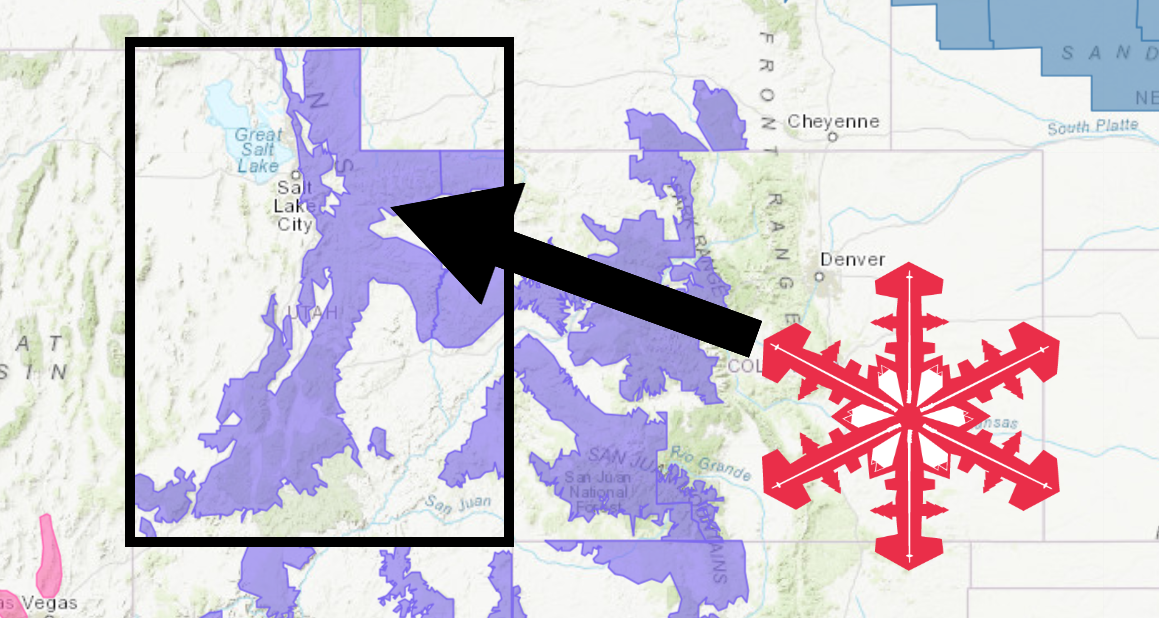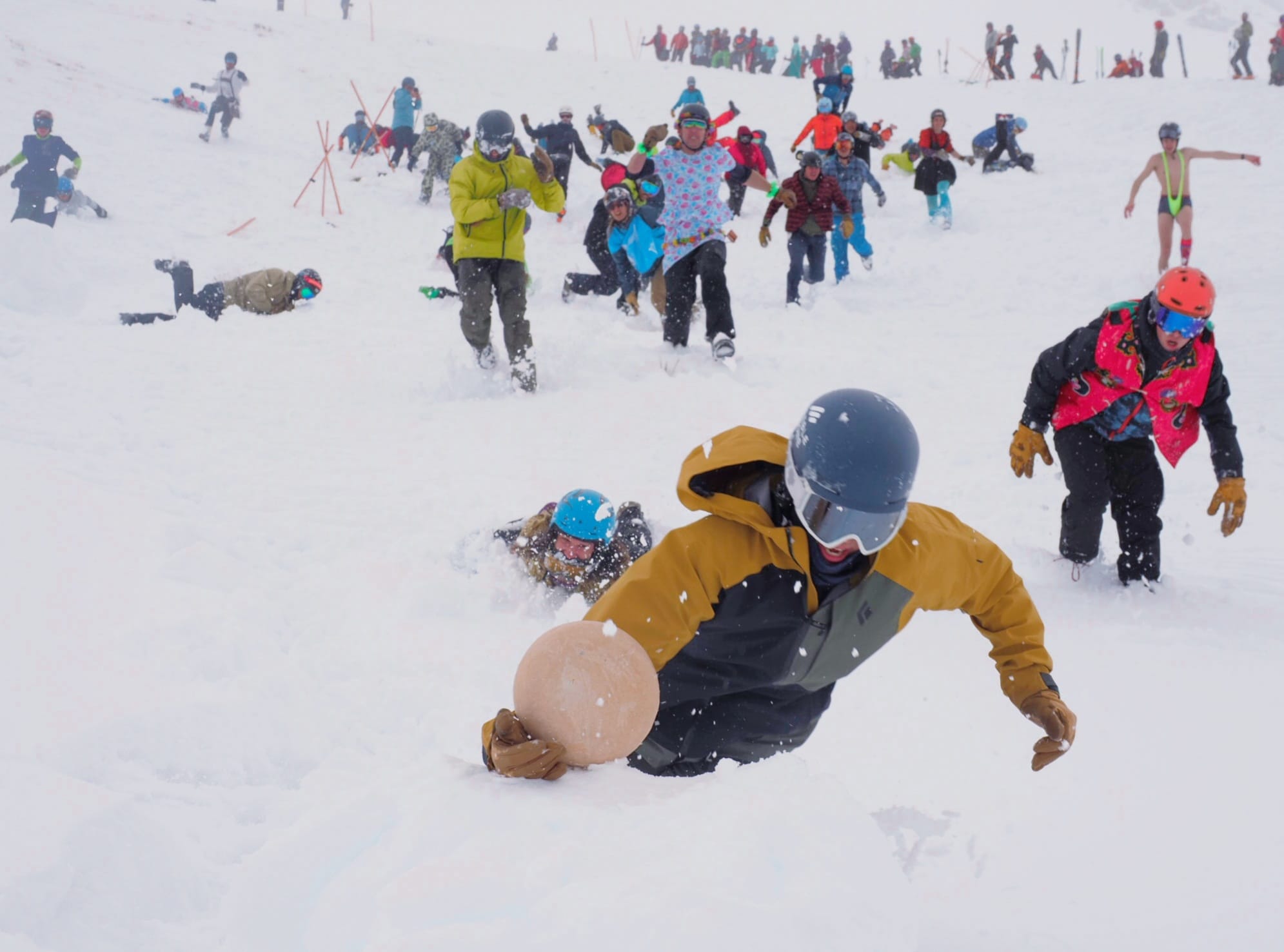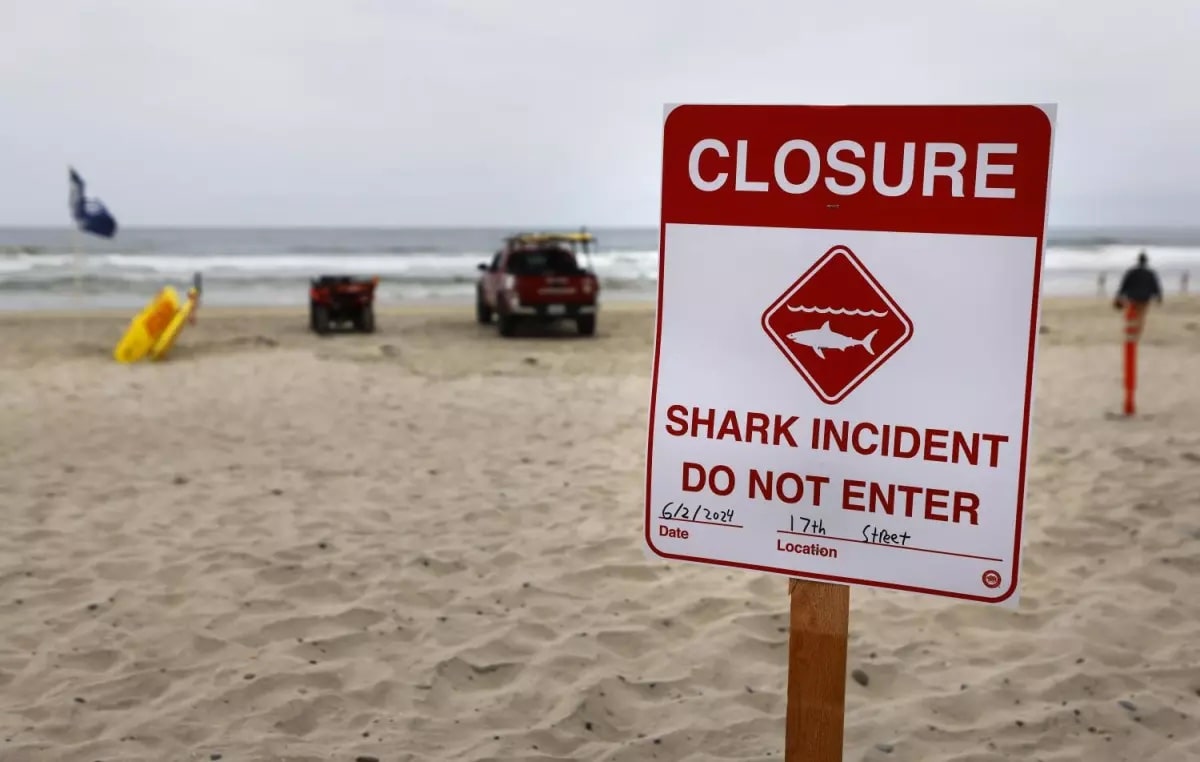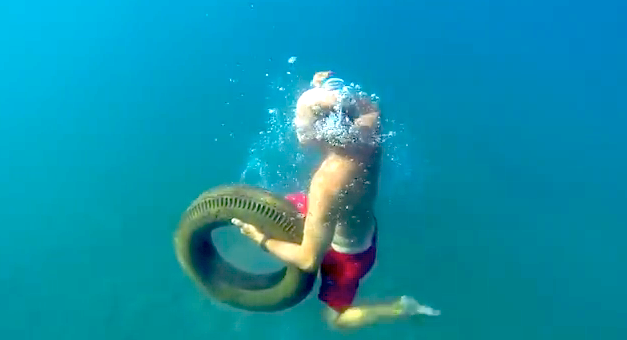For those who have yet to hear the story behind the rescue of Nick McNutt last season, this is the quick version, provided by professional skier and friend Ian Mcintosh on his Instagram page. For a more in-depth version go to Christina Lusti’s Instagram page.
Leading up to the accident:
This was one of those days we dream about, bluebird sky’s, light wind, and a stable snowpack. We drove up an old logging road, unloaded our sleds, did a transceiver check as we always do, then headed deep into the Pemberton backcountry to an area we had scoped days prior. Our morning plan was to tag some big lines and that’s exactly what we did. Feeling super stoked that we we’re all safe after a great morning we went down to a subalpine lake where McNutt had scoped some pillow lines. We were basking in the sun on the lake watching McNutt shred these nice little lines. With stable snow, temps still staying cold, and very minimal slough we weren’t concerned at all about the risk of the lake being a possible terrain trap. That was our big mistake. As you can see in this video McNutt skied this line perfectly but the spray from his turn above the cliff knocked loose a huge pillow, setting in motion a freight train of snow. As he landed his final air the snow knocked him off his feet and swept him through the trees then buried him on the lake.
The rescue:
We all rushed to the scene, I was the first to arrive at the debris pile and the dust was still settling. Other members of the crew asked me if I had a visual on Nick, I responded that I did not. Immediately I turned my transceiver into search mode. I remember thinking about how confident I was that I would find McNutt very quickly, I train all the time with my transceiver, and the debris pile although deep was not very wide or long. At this point, @samsmoothy was on scene with me. We yelled to the whole crew to switch their transceivers to search, to our horror our transceivers went blank, we didn’t have a signal. We knew that we had done a transceiver check that morning, in fact, we had done two. My confidence to find Nick was quickly shattered, it was like a punch in the gut, the worst-case scenario ran through my brain “No Way, No Way” This can’t be how we lose McNutt, it just can’t.
McIntosh continued the story in the Instagram comments:
At this point, the rest of the crew was already on the scene. We pulled out our probes and made a collective decision to start probing in line with the tree that Nick had been swept through. That was the last point that we had seen him so it was our best option. @christinalusti announced that she had activated the SOS on my InReach. Then she suggested we organize a proper probe line, we all agreed that was the best thing to do. That was when cinematographer @bdann yelled out: “I think I’ve got him,” we ran to him with shovels in hand. He asked me to double-check his probe to ensure he was correct. I confirmed that his probe strike was indeed a human. We started to dig using the digging methods we had been thought and practiced over the years. We got to Nick very quickly and carefully excavated his head. That’s when we heard Nick make a moaning sound, he was alive and a huge wave of relief rushed over the crew. The crew continued to dig Nick out as he filled us into the fact that his arm was badly broken. We double-checked that the SOS had been received, it had. We got Nick up out of the snow, sat him on a sled, wrapped him in as many warm layers as we could to keep him warm, and checked his pulse below the break to ensure his arm was still getting blood flow. We were in contact with dispatch and had an ETA for the heli to arrive. Once they arrived they airlifted Nick to the hospital. The crew was in shock and disbelief from the whole ordeal but Nick was alive and on his way to medical care so we were relieved on the outcome.
My hope with this post is that it educates people. I want people to learn from our mistakes and from our success with the rescue. Most of all I want people to be aware of the design flaw in the Peips DSP transceiver. As you can see in the last video the DSP lock bottom can wear out over time allowing the transceiver to switch from send to off or search without the lock button being pushed. We think that the tree strike is what switched Nicks transceiver off as there is no other logical answer. Note that he was wearing it in the provided harness on his body. Since this incident we have heard so many stories from people having the same problem with this transceiver, we have also heard of at least one death involving this device. This is obviously a serious matter. We have been in contact with Peips and Black Diamond (the parent company for Peips) for the last several months, pushing for a recall of this transceiver. They are aware of the issue and will replace your device if you request it but have yet to issue a recall. Personally, this makes me angry as we almost lost a great friend that day and the world almost lost an incredible human. Avalanche transceivers are our fail-safe, a device we rely on when things go bad. These devices have to work without a shadow of a doubt and in my mind, there’s no question that the DSP is flawed.
If you have this transceiver then waste not another moment, contact Peips or Black Diamond and have it replaced. Lastly, join us in pushing for a recall of this device.
Make sure you practice with your safety equipment and the friends you hit the backcountry with. Try to think of the worst-case scenario situations and practice those. Become very confident with your own abilities and those you surround yourself with so that if ever faced with a similar situation you know exactly what to do.
Thanks for reading and help us spread the word.




